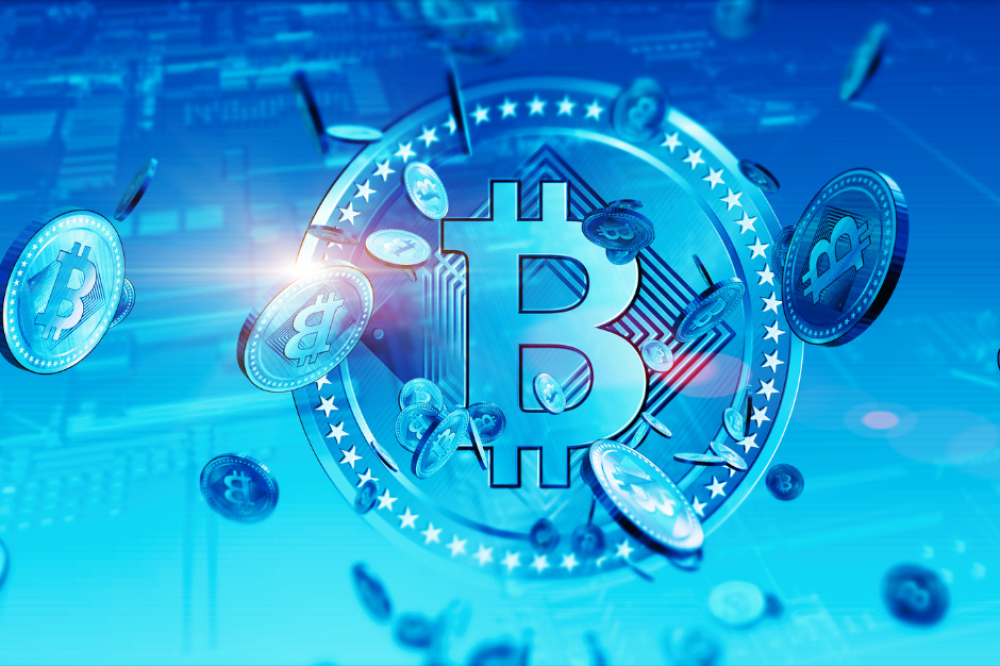Some people are so opposed to the idea of keeping fit that they will happily declare you can't even pay them to step on a treadmill. But others are a lot more amenable to financial bribes.
It's the latter crowd that has become the target audience for a new generation of crypto applications that pay people to be more active. Collectively, they are known as "move-to-earn" apps, and they pay users to exercise in cryptocurrency or non-fungible tokens, or NFTs. One of the most popular move-to-earn apps is Sweatcoin, which rewards users with one SWEAT token every 1,000 steps they take, up to a maximum of 5 SWEAT per day. These tokens can then be redeemed for the chance to enter prizes, or they can be sold on a cryptocurrency exchange or swapped for something like Bitcoin.
Move-to-earn is a trend that's getting the attention of some top athletes. Last year, the Olympic gold medal-winning sprinter Usain Bolt came out and endorsed another kind of app, called Step, which rewards users with both NFTs and crypto whenever they go for a jog or walk the dog.
It's a concept that puts a new spin on the "gains" we make by engaging in fitness routines and workouts. For those who're motivated by financial incentives, it's a brilliant idea because it provides a strong temptation for them to get out and start earning crypto, and they'll get into better shape when they do. Just about every doctor agrees that exercise is highly beneficial, and no doubt they also agree that earning free money is not a bad thing either!
Researchers have been interested in the idea of using financial incentives as a motivation for some time already. It's an intriguing idea in terms of keeping fit, as one study shows that just 23% of American adults perform the recommended amount of aerobic or muscle-strengthening activities per week.
A 2013 analysis that was published in the American Journal of Preventive Medicine found that exercise participation increased significantly over a period of six months when people were paid incentives ranging from $2 to $46 per week. Those rewards were especially effective for people who previously described themselves as living a "sedentary" lifestyle. Other studies have shown that even small but regular payouts, such as earning 1 cent per step, can motivate people to get more exercise.
Nature published a 2021 study that revealed how very small monetary rewards can substantially increase people's willingness to exercise, even when they're already active. The study looked at almost 62,000 regular American gym-goers who participated in digital fitness programs. Within those programs, it was possible to win small amounts of money as a reward for participating, such as 9 cents per gym visit. These incentives were shown to increase people's gym visits by anywhere from 9% to 27%. The suggestion is that, even if someone is already motivated to keep fit, they can be enticed to get even fitter through the prospect of a financial reward.
The above studies show that the move-to-earn industry is backed by solid evidence that rewards do indeed provide solid motivation to get out and exercise. Not all move-to-earn apps are very accessible though. In the case of Stepn, users must first purchase an NFT that can cost several hundred dollars before becoming eligible to earn rewards.
There are plenty of move-to-earn apps that don't cost money upfront though. Sweatcoin actually started out life as a 'normal' fitness application, and only introduced crypto rewards last year with the introduction of its digital wallet. Each user obtains a free NFT when they download the wallet, and they can use the SWEAT tokens they earn to upgrade those NFTs in order to increase their daily rewards. They can then sell the NFT, if they wish.
Other potential problems with move-to-earn include the volatility of crypto itself. If the crypto industry experiences another bear market, the value of people's daily rewards may decline. The technological barrier may also be an issue for some, as move-to-earn does require some knowledge of how crypto works.
That said, there's no disputing that monetary rewards have found their place in the fitness industry with the emerging move-to-earn niche. Getting paid to keep fit and healthy, what's not to love?







